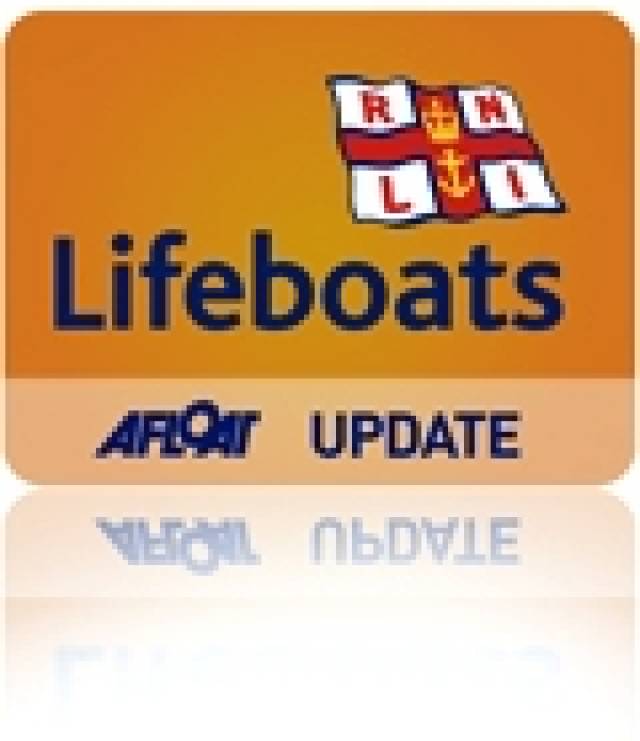#Lifeboats - Lough Ree RNLI assisted seven people whose vessels got into difficulty in two separate callouts over the weekend.
The volunteer crew was first requested to launch their inshore lifeboat at 6.20pm on Saturday 5 July following a report that a cruiser was experiencing engine problems off Goat Island.
- The crew responded and went to the assistance of three people on board the 30ft craft. The lifeboat towed the casualty to Ballyleague Marina, returning at 9.20pm.
The lifeboat had a second callout on Sunday 6 July at 6.57pm, this time to assist a yacht with a failed engine off the north end of Nun's Island.
The lifeboat launched at 7.08pm and towed the craft to Hodson Bay. There were two adults and two children on board.
Meanwhile, Lough Ree RNLI recently held its open day at the lifeboat station, during which it welcomed Junior Cert student Liam Chartan from Athlone Community College.
Chartan had been given a project for his exams based on a theme entitled 'My Inspiration' and chose the RNLI, and Lough Ree Lifeboat Station, in particular, as his inspiration – as he lives only a ‘shout’ away from the station and has been inspired by the crew's activities since they commenced two years ago.
Chartan designed his project around a miniature replica of the lifeboat, the Dorothy Mary, and a pedestal with the instantly recognisable RNLI motif.
"When Liam returns from his holidays we hope to have him back to the station to observe a full training exercise," said Liam Sherringham, Lough Ree RNLI volunteer lifeboat press officer.
"We hope he is surely headed for a volunteer crew role in the future, and we wish him well with his exam results."































































